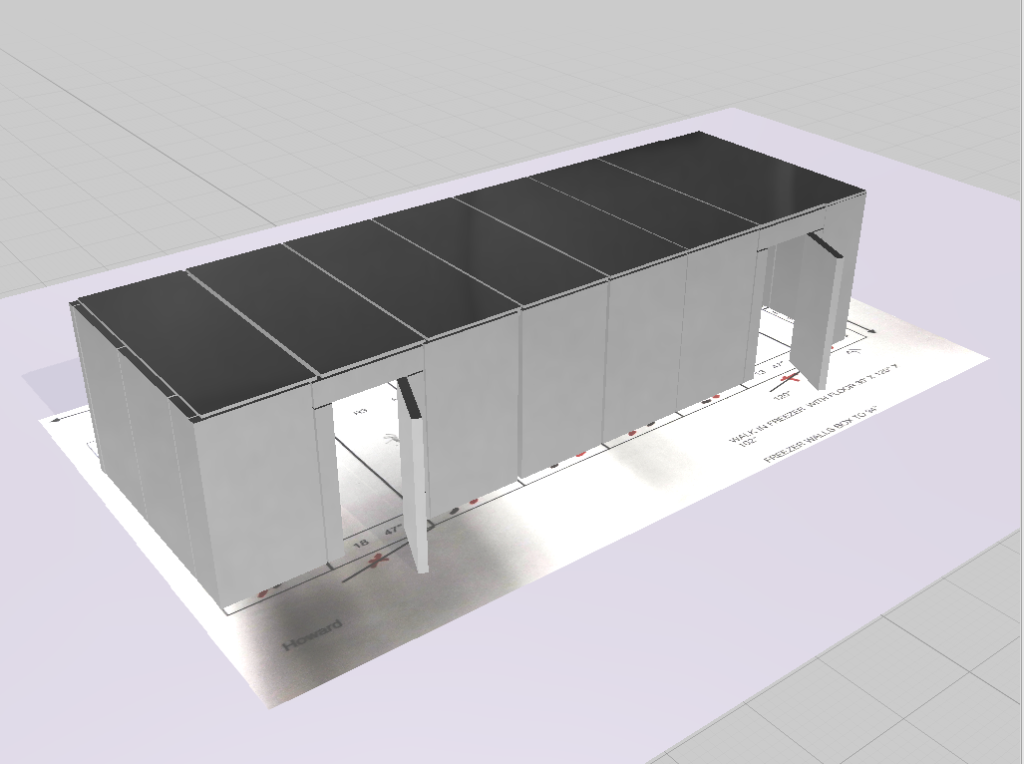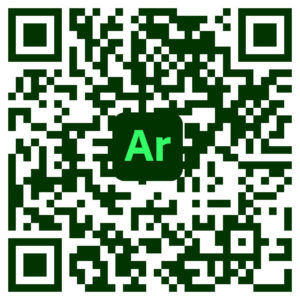
Introduction
This case study presents a project undertaken by a graphic designer utilizing Adobe Dimension and Adobe Aero to create a 3D model of a walk-in cooler for a client. The objective was to accurately capture the measurements of the cooler and build a virtual representation using augmented reality (AR) technology. This innovative approach allowed the client to visualize and verify the design before the construction phase, minimizing potential errors and ensuring client satisfaction. The project exemplifies the intersection of graphic design, technology, and practical application, providing a compelling addition to the designer’s portfolio
Program used

Client Requirements
The client, a food service company, sought a walk-in cooler for their new facility. They desired a precise and efficient design process that would enable them to visualize the final product before construction. The client aimed to optimize storage capacity and operational workflow by ensuring the cooler’s dimensions, layout, and shelving arrangement aligned with their specific needs.
Process
Initial Consultation: During the initial consultation, the graphic designer collaborated with the client to understand their requirements, objectives, and constraints. The client provided preliminary sketches and measurements of the available space. The designer proposed the use of Adobe Dimension and Adobe Aero to create a virtual 3D model in an AR environment, offering an enhanced visualization experience.
Measurements and Analysis: The graphic designer conducted an on-site visit to meticulously measure the available space for the walk-in cooler. They considered any potential obstacles or limitations that could affect the design. These precise measurements served as the foundation for creating an accurate 3D model, ensuring an optimal fit within the designated area.
3D Modeling and Rendering: Using Adobe Dimension, the designer transformed the measurements into a detailed 3D model of the walk-in cooler. The model encompassed precise dimensions, shelving configurations, doors, and other elements based on the client’s specifications. The designer focused on applying realistic textures, colors, and lighting to create an immersive and visually appealing virtual representation.
Augmented Reality Implementation: The graphic designer leveraged Adobe Aero, an AR authoring tool, to integrate the 3D model into an augmented reality environment. By using Adobe Aero, the designer developed a mobile application or utilized existing AR platforms that allowed the client to experience the virtual walk-in cooler in a real-world context. This enabled the client to interact with the model, visualize the storage capacity, and explore different shelving arrangements.
Client Feedback and Iteration: The client actively engaged with the AR experience and provided valuable feedback on the design. The iterative process allowed for modifications and improvements based on the client’s preferences and operational requirements. This collaborative approach ensured that the final design aligned with the client’s vision, leading to a high level of satisfaction.
Conclusion
Through the integration of Adobe Dimension and Adobe Aero, the graphic designer successfully delivered an immersive 3D model of a walk-in cooler for their client. The utilization of Adobe Aero as an AR platform enhanced the visualization process, allowing the client to interact with the virtual representation in a real-world context. This case study showcases the power of graphic design skills, precise measurements, and the innovative use of AR technology to meet client needs effectively. By leveraging the capabilities of Adobe Dimension and Adobe Aero, the designer demonstrated proficiency in industry-standard software and the ability to create engaging and immersive experiences for clients.
AR Display

